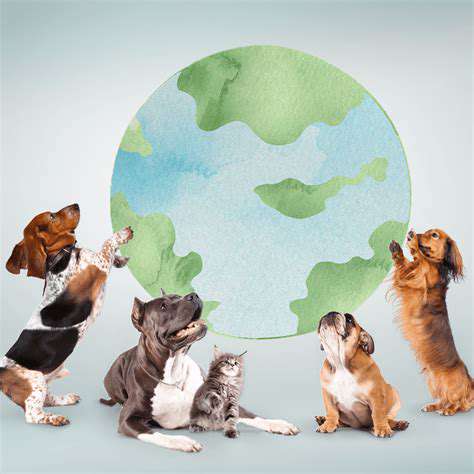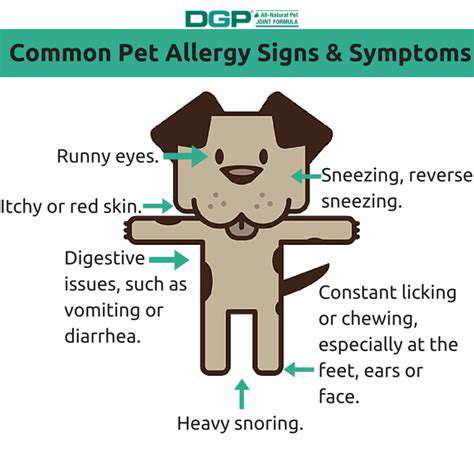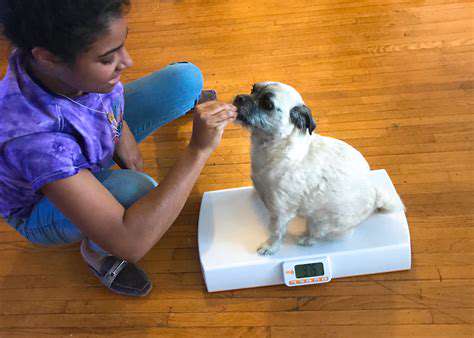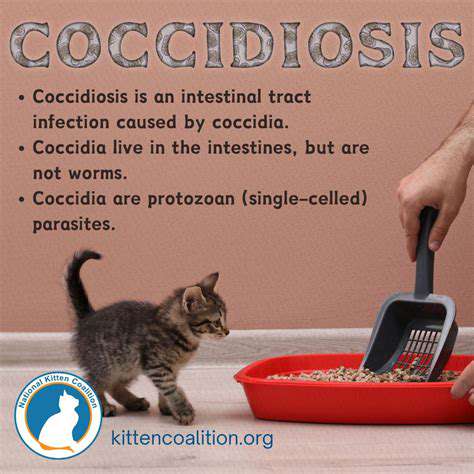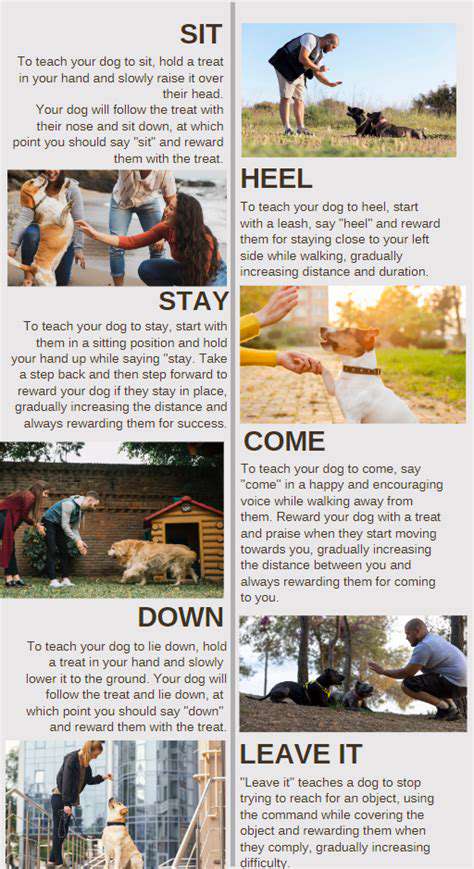Protecting Your Pet's Paws in Summer: Hot Pavement Awareness

Beyond the Pavement: Other Summer Paw Hazards
Sunburns and Heat Rash
The summer sun can harm your pet's paws as much as your own skin. Paws with dark pigmentation or thin, light-colored fur are especially at risk. Extended exposure may cause painful sunburns resembling those in humans. Watch for redness, swelling, or blisters on paw pads. Preventive measures like avoiding midday walks and applying pet-safe sunscreen to exposed areas can greatly lower this risk. Always verify the product's safety for pets and adhere to application guidelines.
Heat rash, another potential problem, may appear as small red bumps or blisters on paw pads. This often results from excessive heat and humidity trapping moisture against the skin. Maintaining your pet's coolness and hydration, particularly during vigorous activities or prolonged heat exposure, is vital for prevention. Provide constant access to fresh water and consider using cooling mats or pet-friendly cooling sprays.
Hot Surfaces
Asphalt, concrete, and sand can become dangerously hot in summer sunlight. A routine walk might turn painful for your pet's paws. Always check surface temperature with your hand before letting your pet walk on it. If uncomfortable for you, it's unsafe for their paws. Protective booties or paw wax can shield their pads from extreme heat.
Be particularly cautious during peak daytime heat. Seek shaded routes and modify walking times to cooler periods.
Poisons and Irritants
Warmer months introduce more potential paw hazards. Landscape chemicals, spilled cleaning products, and other toxins pose increased risks. Monitor ground conditions where your pet walks and plays. If you suspect harmful exposure, contact your vet without delay.
Store all hazardous materials like fertilizers, cleaners, and pesticides securely away from pets. Clean up spills promptly and dispose of chemicals properly to prevent accidental contact.
Foreign Objects
Summer outings often occur in environments with more debris. Thorns, glass fragments, and other foreign materials can easily penetrate paw pads. Conduct regular paw inspections after outdoor activities, especially in areas with potential hazards. Prompt removal of foreign objects helps prevent infections and discomfort.
Paw Injuries During Play
Active pets frequently sustain paw injuries during summer activities. Rough play, uneven terrain, or jumping from heights may cause cuts, scrapes, or sprains. Monitor your pet closely during outdoor play. If you observe limping, excessive licking, or swelling, consult your veterinarian immediately.
Protecting Paws During Water Activities
While water play offers summer relief, it presents unique paw risks. Sharp objects or chemicals in water sources could cause injuries. Supervise pets closely during aquatic activities and ensure their safety. Rinse paws with clean water after swimming to remove potential irritants.
Extreme Weather and Paws
Severe weather conditions create additional paw hazards. During heatwaves, remain especially alert to surface temperatures. Storms or floods may expose paws to dangerous debris or chemicals. Adjust outdoor activities based on weather forecasts, prioritizing your pet's safety.
Read more about Protecting Your Pet's Paws in Summer: Hot Pavement Awareness
Hot Recommendations
- Customized Sleep Schedules: AI Driven for Sustainable Rest
- Crafting a Personalized Productivity Plan for Mental Clarity
- Sustainable Self Compassion: Cultivating Kindness Towards Your Mind
- Sustainable Productivity Hacks for the Busy Professional
- Sustainable Wellness for Parents: Balancing Family and Self Care
- Data Informed Self Care: Designing Your Personalized Wellness Strategy
- Sustainable Wellness for a Purpose Driven Life
- AI Assisted Mindfulness: Personalized Meditations for Deeper Practice
- Building Inclusive Mental Health Services: Key Initiatives
- AI Powered Self Care: Customizing Your Routine for Maximum Impact
